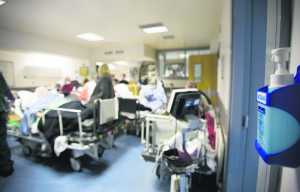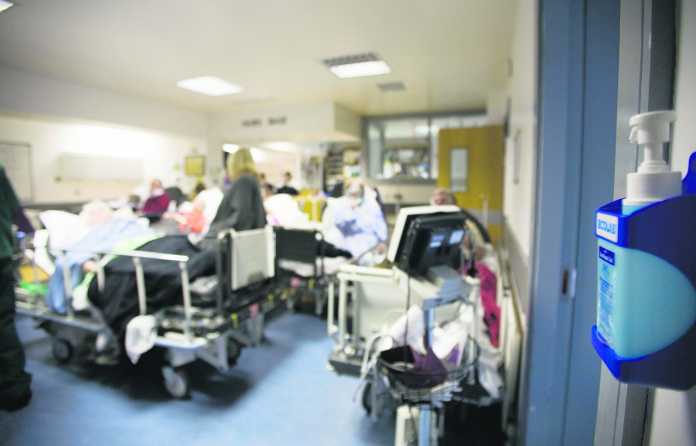
by Bernie English
bernie@limerickpost.ie
Talks, which is was hoped would prevent industrial action at the University Hospital in Dooradoyle at an unspecified date have broken down this Thursday.
Talks chaired by the Workplace Relations Commission, between the Irish Nurses and Midwives Organisation (INMO) and Health Service management aimed at averting the strikes in Emergency Departments, commencing next Tuesday have broken down without agreement.
The talks happened against the backdrop of severe shortages of nursing staff and threatened strike action in the country’s Emergency Departments. An INMO spokesperson said: “In spite of agreements providing for the immediate recruitment of 144 nurses across 12 of the 26 ED Departments, which cannot be filled on current terms, Health Employers failed to produce an incentivised recruitment package. UK and Irish private hospitals are actively recruiting Irish nurses with attractive incentive packages while the Irish health service is haemorrhaging nurses.”
UHL nurses had said that while they voted for the strike action, they would not participate in the first wave of action although strike is still a possibility at another date.
INMO and SIPTU staff at the maternity hospital have already indicated that following talks with management, they will not participate.
Dave Hughes, INMO Deputy General Secretary said: “While management accepted that a state of bedlam existed in our EDs, and made statements on the need for greater security, cleaning and management support, their whole approach lacked credibility, and urgency, by their failure to commit to a realistic recruitment and retention plan.”
There were 2,449 admitted patients waiting on trolleys in the first 7 days of December according to the INMO’s trolley/ward watch. Mr Hughes said: “There is a tolerance of ED overcrowding and the complete failure to manage and control admissions and discharges.”









